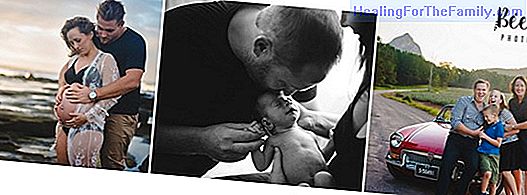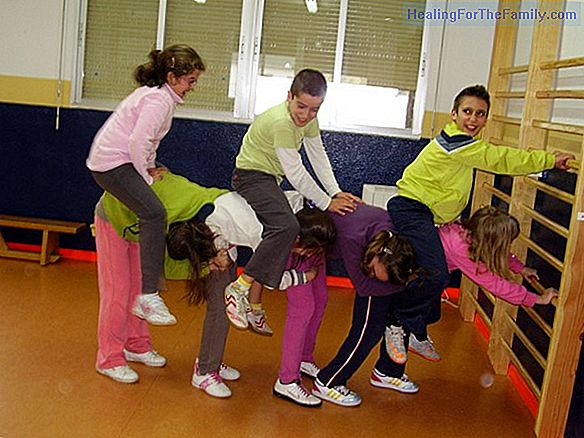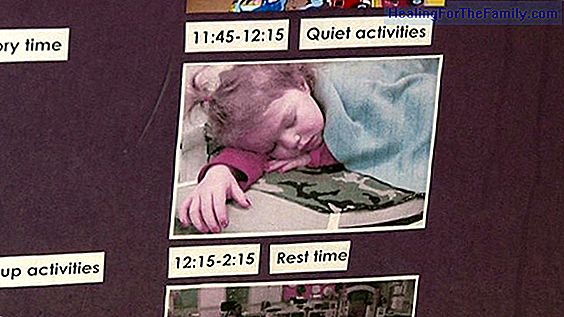Breastfeeding the baby after a cesarean
Caesarean section is a major surgery, which is practiced because vaginal delivery is not viable or because there is a risk of loss of the baby's well-being. However, although breastfeeding may present greater difficulties, these can be overcome and successful breastfeeding is perfectly possible. Fac
Caesarean section is a major surgery, which is practiced because vaginal delivery is not viable or because there is a risk of loss of the baby's well-being. However, although breastfeeding may present greater difficulties, these can be overcome and successful breastfeeding is perfectly possible.
Factors that delay breastfeeding after a cesarean section La 1. The separation between mother and baby after cesarean section delays the start of breastfeeding:

One of the first and most important factors with which we find ourselves is the fact that Of course, the cesarean delays the rise of milk. Although there are studies that say so, it is not entirely accurate.
It is not true that the surgery itself is responsible for this fact,
what hinders the initiation of breastfeeding is the separation that continues to occur between mothers and their babies within two hours after birth , which It is when the little ones innately get hooked in the right way to their mother's breast. After this "window" period, another lethargy appears, in which the baby rests, and is not reactive. Unfortunately, after most caesarean sections, it is at this moment of tranquility that mother and son see each other for the first time, and babies have little or no desire to start sucking, which delays the greatest and best stimulus for Breastfeeding2. Other obstacles: pain and fatigue.
The incision and the surgery itself are very painful, and in every change of posture we often see the stars. However, there are certain positions in which we can breastfeed the baby with little pain.
Any surgery is a tremendous waste for anyone, if we also think that many women have been in labor for many hours before being subjected to cesarean section, we understand the physical exhaustion that it entails. In addition, we must add the fact that for many women the cesarean is lived as a "personal failure", not being able to give birth. That is why a successful breastfeeding could reach "cure" the emotional wounds involved in the intervention.
Tips for breastfeeding after a cesarean
- Do not be separated!
It is a campaign carried out for some time, and not only applicable to vaginal births. With more reason, respected caesarean sections should be performed, in which skin-to-skin contact is beneficial for mother and baby, and is fundamental for the success of breastfeeding. Remember that the two hours after birth are crucial. - Ask for help:
If you feel overwhelmed, you can not find the position, you have doubts, ask for help from the health professionals who are in the hospital. If you do not feel that they offer you an answer, go to lactation consultants who go to the hospital, to your home. It is very positive that you go to breastfeeding groups, in them you will be reinforced, you will tribe with other women in your same situation. - Do not be strong:
Take all the analgesia you need to calm the pain, the vast majority of drugs are compatible with breastfeeding. Des - Rest and let others help you: Try to rest as much as you can, focus on yourself and breastfeeding your baby. From the rest you can order your partner, your family and friends.
- Skin with skin, if the milk rise is delayed, do not be overwhelmed: Make skin with skin with your baby (covered with something to keep from being cold), place it close to the breast, without forcing it to suckle. Stay like this as long as possible. It is known that it is the best way to stimulate milk production.
- No bottles or pacifiers: Until breastfeeding is established, to avoid nipple confusion. If we need to give some supplement, we will offer it with syringe, glass ...












